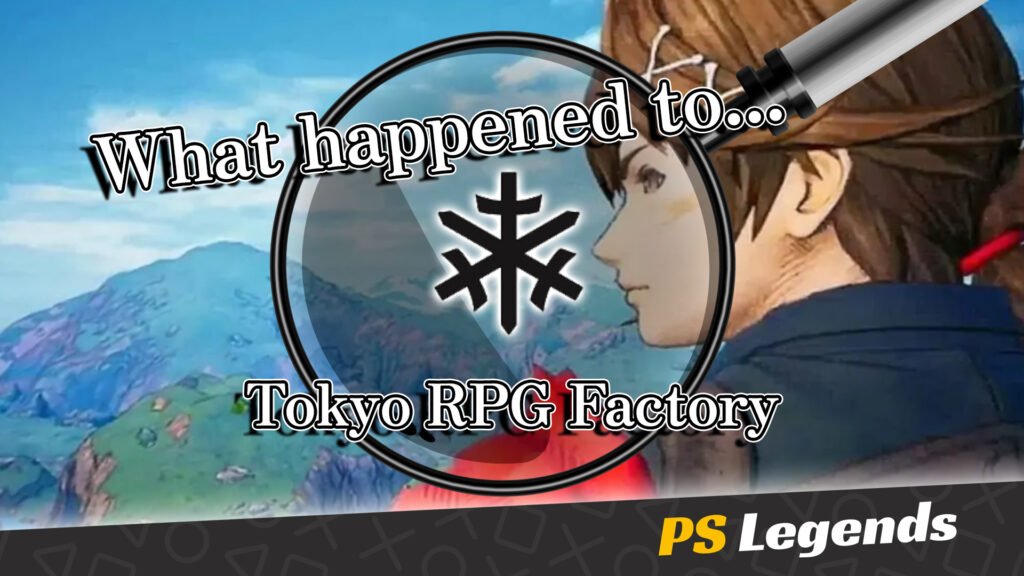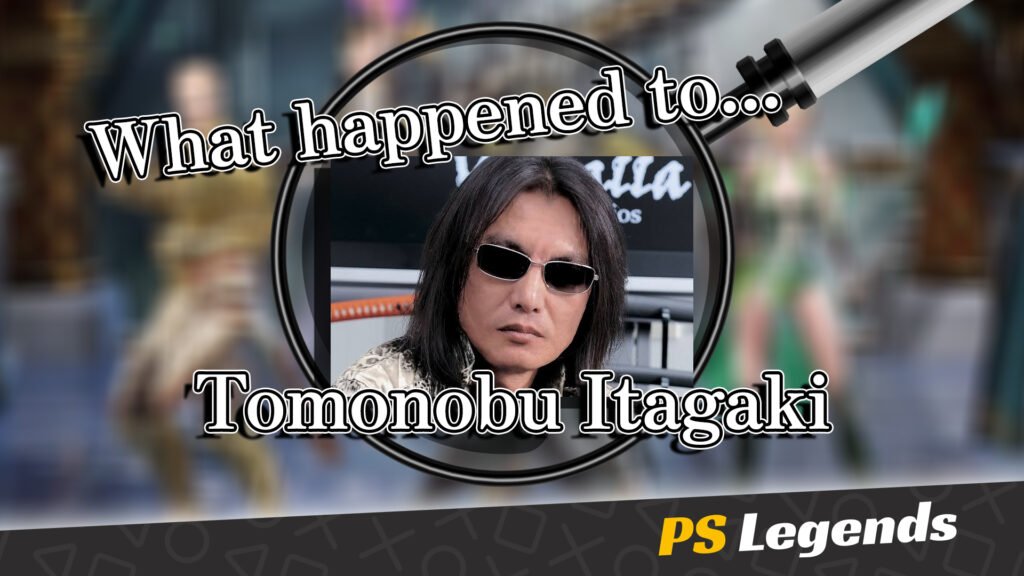Take Us Back To The 90s
Tokyo RPG Factory Co., Ltd. was a Japanese game developer and subsidiary of Square Enix, a company well known for its works in the JRPG genre. The company was founded in August 2014 under the name ‘Tokyo Dream Factory’ by Yosuke Matsuda, who became president of Square Enix in 2013. During its lifetime, three JRPG titles were developed to varying degrees of critical and commercial success.
Beginning in March 2013, Square Enix underwent structural and policy changes when Yoichi Wada stepped down as president and was replaced by Yosuke Matsuda. Matsuda wanted to steer the company towards a more “individual” identity for products amid rising production costs and changing consumer demands. During this time, discussions were held internally about setting up a group within the company focused on creating new games inspired by the themes, art and game design of RPGs produced during the genre’s golden age in the 1990s, such as Chrono Trigger and Final Fantasy VII-IX, which were hugely popular both inside and outside Japan.

Their aim was to create original titles within small budgets, and they were given high creative freedom within their design goals. The following year, the studio changed to its current title of Tokyo RPG Factory, representing its chosen genre and development goals, with the name being created collaboratively by the staff. As part of his goals for the studio, Matsuda put in a more casual policy allowing staff members from other departments to volunteer rather than being assigned there.
Acting as a wholly-owned subsidiary of Square Enix, the developer was based in Tokyo, Japan. In 2017, the developer had ten regular employees, with others joining in if they wished. A recurring staff member was Atsushi Hashimoto, who acted as the three games’ director. Scenario writer Hirotaka Inaba also worked on all their games, collaborating on their first two games with Makoto Goya. Takashi Tokita, known for his work on Chrono Trigger, provided input for the battle systems of the first two games, then took on a deeper creative role in the third.
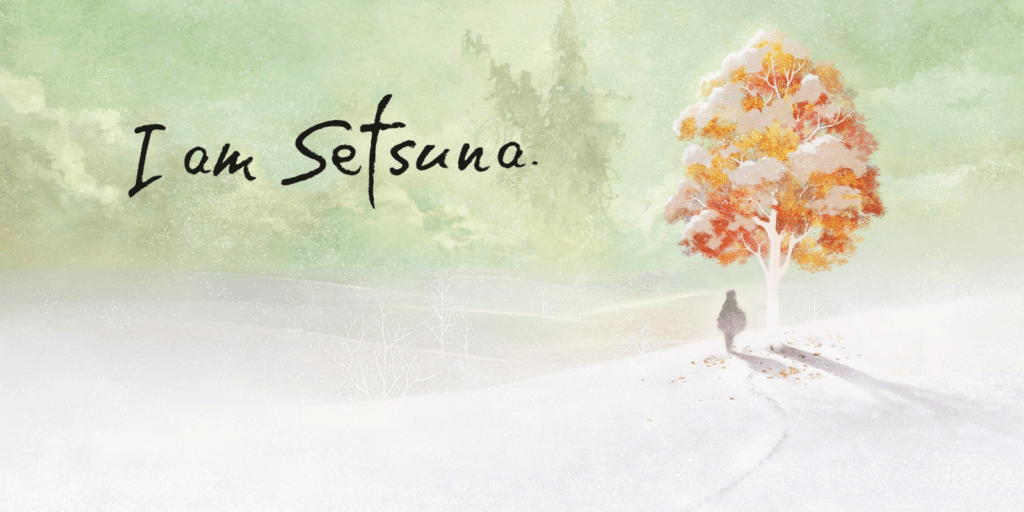
The Trinity
For their three games, Tokyo RPG Factory drew thematic and visual inspiration from the Japanese concept of “setsugekka”, a seasonal theme represented by snow, moon and flowers, in which each component serves as a symbol for its associated season. Work began on their first title, originally announced under the codename ‘Project Setsuna’, in 2014. Matsuno had a plan for multiple related titles under Tokyo RPG Factory, though this first game was created as a standalone project without plans for direct sequels.
The game, titled ‘I am Setsuna’, used a visual theme of snow. It drew mechanical inspiration for its Active Time Battle system from Chrono Trigger. The story was created around themes of sadness and sacrifice, emotional similarities to Final Fantasy X. Released worldwide in 2016, I am Setsuna saw positive responses from fans, and despite initial losses turned a major profit for the company by the end of 2017. The story, set in a snow-bound world plagued by monsters, follows silent protagonist Endir as he becomes the guardian of Setsuna, a young woman destined to be a sacrifice for pacifying the world’s monsters.
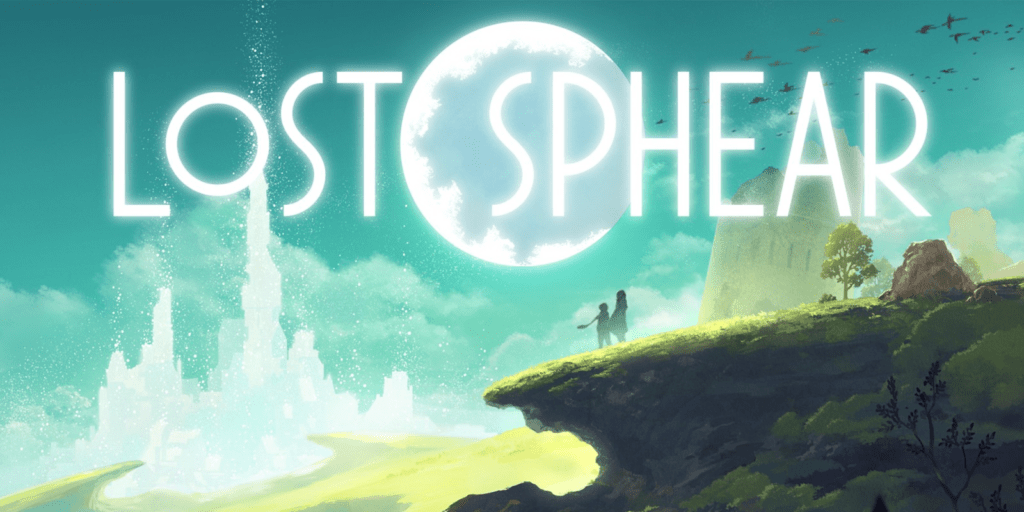
Following I am Setsuna, the team began work on another project, carrying over some elements from their first game but otherwise creating a standalone experience. This second project was ‘Lost Sphear’, which used the story and gameplay theme of ‘memory’, which is a common theme regularly recurring in the Final Fantasy saga. This game used a visual theme accentuating the Moon. Released in 2017 in Japan and 2018 in the west, Lost Sphear was again profitable, though earnings did fall compared to 2017.
Set in a world where the Moon is treated as a deity rather than an object, the player takes on the role of Kanata, who is granted the power to prevent the world from vanishing. The gameplay has Kanata and his party exploring different regions of the world to restore vanished zones, restoring them from a transformed state, a white void known as ‘Lost’.
During the later development of Lost Sphear, the studio’s third game was being planned out, with Tokita taking on the role of creative producer and having input on the narrative. This game used the visual theme of flowers. At Tokita’s urging, Inaba wrote a more mature narrative than previous titles from the developer, focusing on death-related themes and examining the concept of reincarnation. ‘Oninaki’ was released in 2019.
Oninaki is set in a world where the doctrine of reincarnation is enforced by figures called ‘Watchers’, who assist in the passing of souls and fight monsters born of regret. The player controls the Watcher Kagachi as he confronts a shrouded figure called the Night Devil, uncovering hidden truths surrounding the cycle of reincarnation and his own past life.
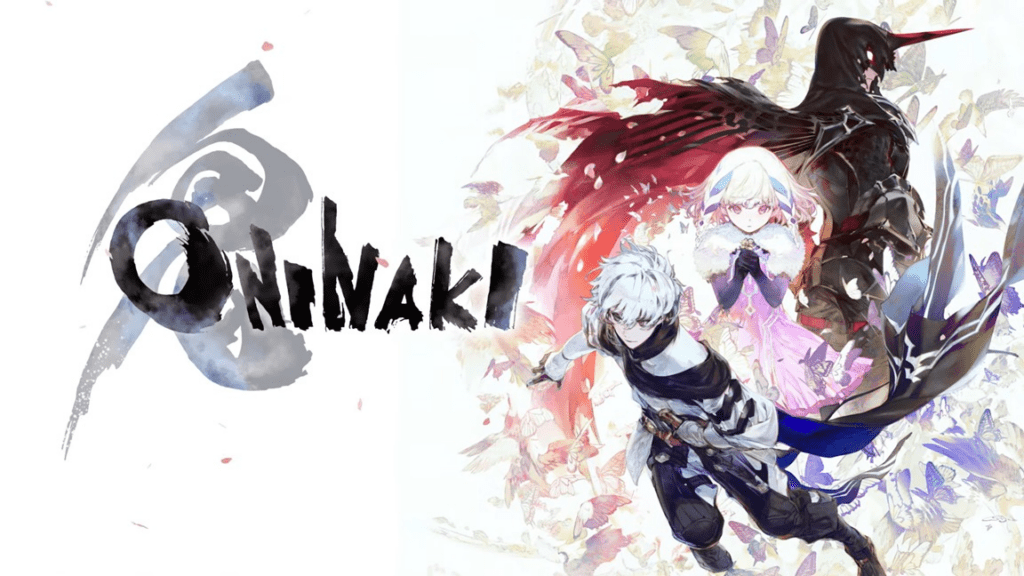
Homecoming
While Oninaki saw a positive responses from players and critics, not unlike its predecessors, Tokyo RPG Factory suffered a financial loss during that period due to low sales. Following the release of Oninaki, the studio staff began discussions of concepts for a fourth game, though this title is yet to be unveiled, with many suspecting that the game was cancelled during the 2024 Square Enix corporate restructure.
During its final three years, Tokyo RPG Factory showed consistent sales profits, though the growing production costs of games and the increase in staff and development time required to finish Oninaki would result in a noteworthy loss in 2019. The studio was not dissolved as a result of this loss, but rather absorbed back into Square Enix in January 2024. Square Enix gave little reasoning for the closure, simply stating that the company and its properties would be fully transferred to the parent company, giving hope to fans that golden age-style JRPGs may return from Square Enix one day.
